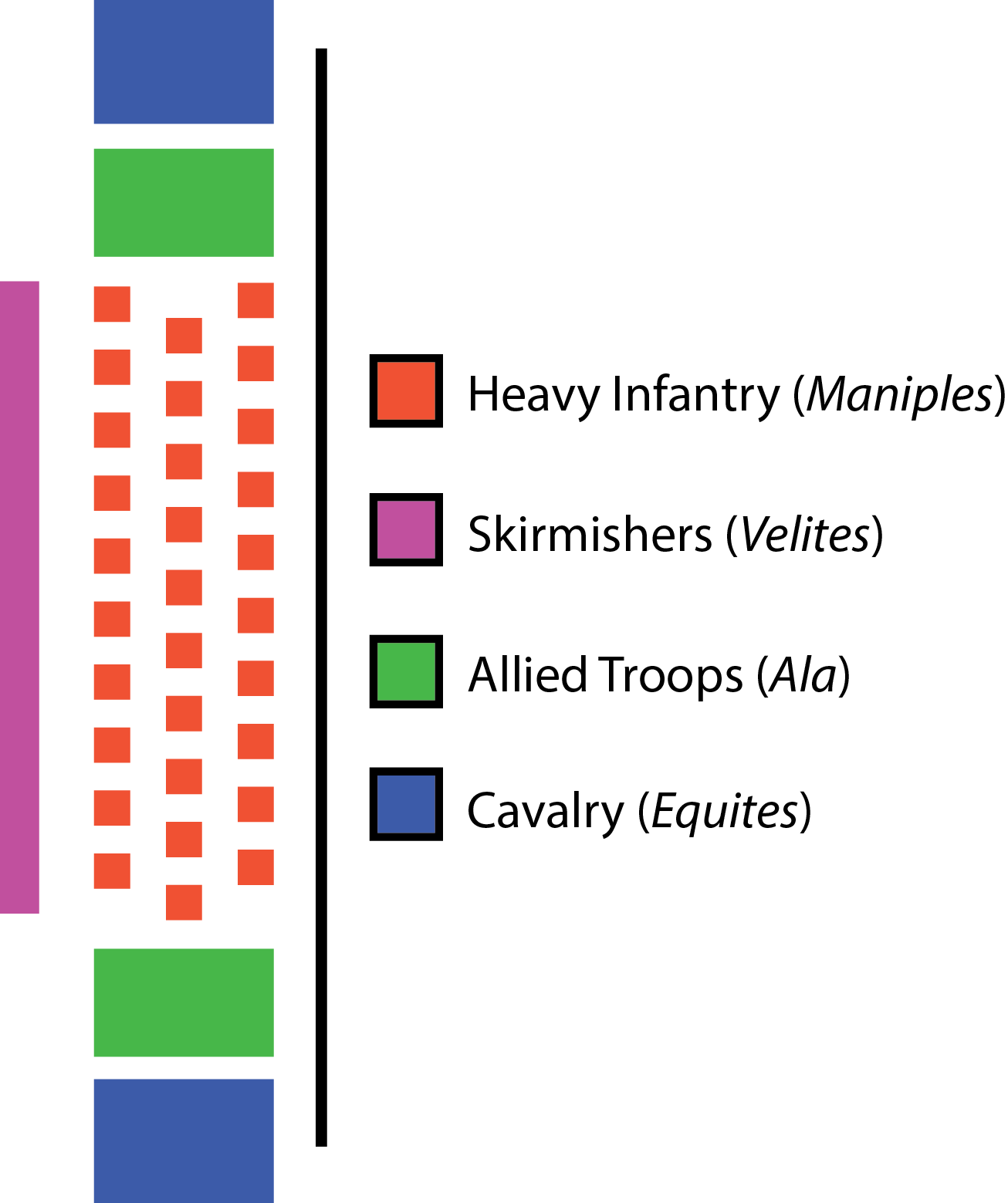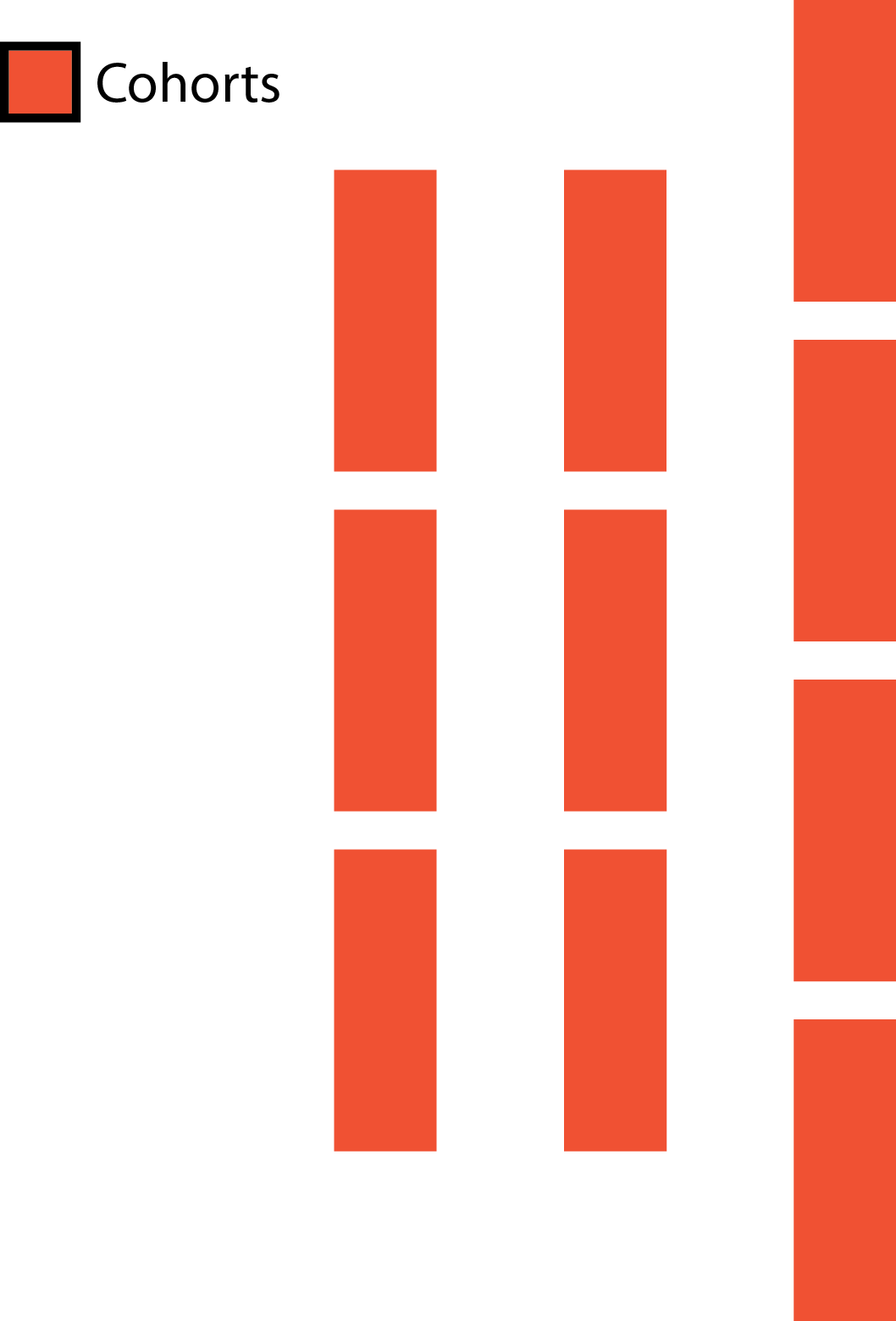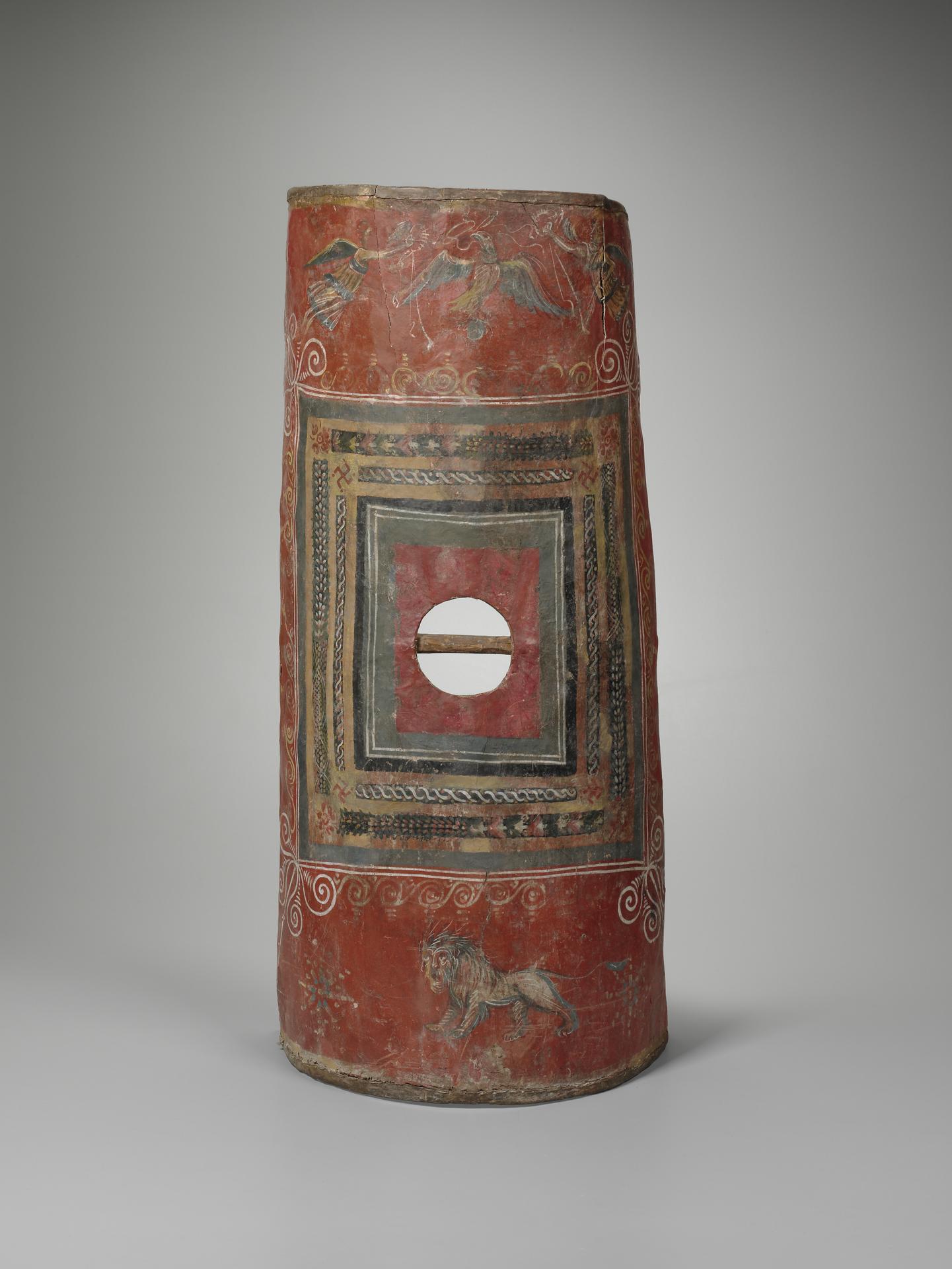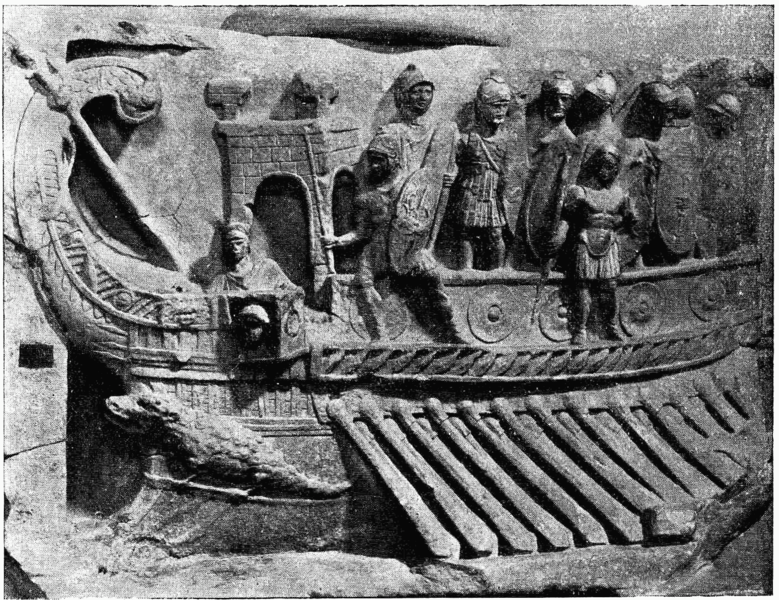The Roman Military
Rome is perhaps most well known in the modern day for the scale and effectiveness of it's military conquests and might. Symbols such as the legionary soldier, the 'scutum' (Roman shield), as well as the legionary standards with their eagle topped poles and 'SPQR' lettering have become commonplace in movies, television, and books, exciting the imagination of viewers and readers. The martial tradition was a major component of Roman society and culture for the majority of its history, underpinning other aspects of the wider social structure. Military service was inseperable from political careers and ambition, with service being a prerequisite for election, as well as being a major point of personal pride and achievement for individual men. It cannot be denied that Rome's military is also of vital importance as a matter of study if for no other reason than the profound effect that Rome's conquests had on the wider world. Many of the states that were born from the remnants of the Roman empire after its decline were based upon its pre-defined divisions and borders. Therefore, Rome's military has had a butterfly effect that lasts into the modern day.
As with all topics in ancient history studying the Roman military requires an interdisciplinary approach that combines historical, literary, artistic, and archaeological sources. Extensive work has been done to better understand the Roman military in great detail, however many aspects such as tactics and internal management of the army remains mysterious or at least highly debatable. Despite these points of contention much can still be said about this topic and it remains at the forefront of the popular mind when discussing Roman history. Here we will explore the overall structure and makeup of the army over time, as well as the various units in the infantry, cavalry, and navy.
Structure & Organisation of the Army

The Republican Legion (Manipular System)
The first detailed description of the structure of the Roman legion in the Republican period comes to us from Polybius, and is therefore often referred to as the 'Polybian' legion. In this system men were organised into fighting units called 'maniples' and as such this system of organisation is also called the 'manipular' legion or legions.
In the manipular legion the heavy infantry soldiers were organised into maniples of 120 men each, which itself was two centuries of 60 men each, each century would in turn have a commander 'Centurion' and a standard bearer who would carry the century's military standard. Ten maniples would form a line in the legion, with three lines of 10 maniples in total. Each line was comprised of soldiers from least to most experienced with hastati, principes, and triarii respectively forming this body of heavy infantry. Skirmishers known as velites would be at the front of the legion in addition, as well as allied troops and cavalry (equites) on the wings. Each legion would approximately number 4,200 infantry and 300 cavalry. Cavalry themselves were divided into 10 turmae commanded by three decurions.
This system organised men by both their personal wealth (as they paid for their own equipment), as well as by experience. As such it helped in maintaining discipline as the most experienced soldiers in the rear (the triarii) would not turn and retreat as easily in a difficult battle, preventing the front ranks from routing. Cavalry would have been the wealthiest members of the army besides the commander and senior officers of the legion, as horses were a very large personal expense. However it must be remembered that these men were a levied militia, and not a professional fighting force.

The Imperial Legion (Post-Marian)
As time moved on and Rome expanded her borders further each new conflict required more men. Additionally, a number of civil wars in later periods would require immense amounts of men recruited from across every class in Rome. These new men required drilling, equipping, and discipline in order to create an effective fighting force, reforging them into a professional military that could continuously for years on end without returning home. A restructuring of the Roman army to this end is widely credited to Caius Marius in 107 BCE, although this is a controversial topic among historians and heavily disputed. Nonetheless, after this point in time we can assuredly say that the Republican manipular system had largely faded into obscurity and a new organisation had come into favour that would eventually become the Imperial legion.
The Imperial legion was comprised of all standardly equipped legionaries, with the rank distinctions of the past gone. Legionaries were organised into centuries of 80 men each, and six centuries formed a cohort. Ten of these cohorts formed an entire legion, thereby numbering approximately 4,800 heavy infantry troops per legion. During the late Republic and Empire period there was no native Roman light infantry such as the velites and therefore these types of soldiers were instead recruited from allied or subject peoples and known as the auxilia. Likewise, by the end of the 1st century BCE Roman cavalry had all but disappeared entirely and were also replaced with foreign troops recruited in the same manner.
Overall, this change in the structure of the army had wide-reaching effects, both on the effectiveness of the army in battle and across wider Roman society. The new cohort system was more manageable and flexible than the manipular system, and provided greater cohesion among the soldiers with a parity of equipment and training. Additionally, the provisioning of equipment and greater pay and renumeration in the form of loot created the possibility for social mobility among the poor men of Rome. It is suggested that these changes helped set the stage for the many civil wars that would plague Rome in the Late Republic, as generals used the promise of wealth to help sway armies to their respective sides.
The Legionary
Arms & Armour
As discussed above, the legionary soldier was what made up the primary fighting force of the Roman army. However, much like the organisation and structure of the army itself, these individual soldiers evolved over time in terms of role and training, and this in turn affected their equipment choices. Each individual soldier, although in most periods provided with equipment by the army through a pay deduction, would have had a large degree of control over their own equipment. Legionaries would have been responsible for the maintenance of their arms and armour, and many would have chosen to upgrade, modify, or decorate their equipment at their own expense. Therefore, it is not entirely possible here to cover all the variations of arms and armour that a soldier may have had. However, the section below allows you to explore what a typical soldier may have looked like and been equipped with during different periods of Roman history.
- Select a Period of Roman History Below -
6th-3rd C. BCE
2nd C. BCE-3rd C. CE
3rd C.+ CE
Select a Period
-POLEARM-

-SWORD-

-DAGGER-


Select a piece of equipment above to learn more about it!
The Scutum (Shield)

In the ancient world the shield formed a vital part of the defence for any infantryman, this is especially true for the Roman legionary. Due to their primary weapon being the short sword for the majority of Roman history the danger of enemy weapons was increased. For this reason the scutum was large compared to many other shields and protected a large portion of the soldiers body. The red painted shield is another icon associated with Roman history, however it would not have always been this colour, although many may have been decorated by their owners.
The shield itself was commonly constructed from sheets of ply or another wood glued together, the shield would then be overlaid with canvas or another fabric, and finally a layer of animal skin would provide the final protective layer. A central shield boss made from metal would protect the weilder's hand, as well as provide something hard with which to bash the enemy where possible. The edges would be bound with a metal to protect the shield from edge strikes and strengthen the overall construction. A horizontal handle behind the boss is what the soldier would use to hold the scutum. Many soldiers may then have opted to decorate the front of their shields. Over time the underlying construction of the scutum remained the same throughout the centuries, but the form of the shield changed from a flatter to a more convex surface, providing better deflection against frontal attacks.
Unfortunately, due to the perishable nature of the materials that the scutum is comprised of, almost no intact examples have survived in the archeaological record to the modern day. One of the extant examples that did is pictured here (Fig. 03), found in Dura Europos, Syria. This particular example is intricately painted, and may have been used specifically for military parade purposes.
The Cavalry

In the Roman military the cavalry fulfilled a number of different roles. While we often think today that the cavalry would be a decisive factor in the overall battle outcomes, in the ancient Mediterranean world this was not the case. Rather, infantry were most often the decisive force in a battle, and cavalry and other types of troops acted in support of the main force of foot soldiers.
Despite being well equipped - as they were often the most wealthy members of the military - the cavalry's main role in battle was as a skirmisher force. Squadrons of cavalry would travel around the battlefield, striking the enemy in strategically chosen areas of the enemies lines. In doing so, the enemies frontline would be weakened, most critically by being attacked on the flanks and enveloped. This kind of flanking maneuver may cause the enemy to panic and rout, which was one of the most desirable outcomes in ancient warfare. As the enemy ran away from the field of battle, often in a disorganised fashion, the cavalry would also be utilised in chasing them down and capturing or killing as many enemy soldiers as possible. Both of these roles on the battlefield played into the inherent strengths of cavalry, which was speed and mobility. The cavalry also acted as scouts, checking the area ahead of the marching army for enemies, ambushes, and other hazards or obstructions.
Native Roman cavalry fell into decline in the late Republic, instead the use of auxiliary cavalry recruited from allies or subjugated peoples became the preference for Roman generals. Julius Caesar famously used Gallic cavalry for most of his campaigns in Gaul, and in the later empire the Romans adopted the use of heavily armoured cataphract cavalry, which was based on the equipment of enemies at their Eastern borders.
The Navy

Much like the cavalry, the Roman navy fulfilled a mostly supporting role in the wider military context. While some decisive battles - such as the battle of Actium - were based upon the outcome of naval engagement, Rome's true strength was in its land forces. Nonetheless, the Romans did maintain a naval force throughout their history, this was following the urgent need for new ships during the Punic Wars with Carthage, in which the Romans adopted Carthaginian designs for their own ships in order to combat the enemy effectively.
The most famous and iconic Roman ship was the quinquereme. This ship design can be placed within a tradition of ancient Mediterranean ship building, in which the ship utilised both wind power from sails, as well as multiple rows of oarsmen. Such a design both allowed for quicker speeds through the use of sails, but also greater maneuverability in that the ship could be more easily turned through the use of the manpower provided by the oarsmen. This aspect was particularly important for military ships, as the primary form of naval combat in the ancient world was to ram one ship into another with a large battering ram attached to the front, then board the enemy ship with soldiers. Alternative ship designs would also be used by the Romans such as the bireme, trireme, and quadqireme, among others.
Despite Rome's widespread empire, military force was most often exerted by the army on land. For this reason the navy acted mostly in a supporting role, transporting troops and required resources, protecting trade routes, combatting piracy, and of course in the transportation of goods for the empire.